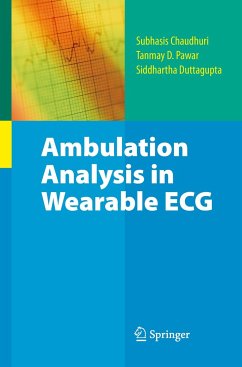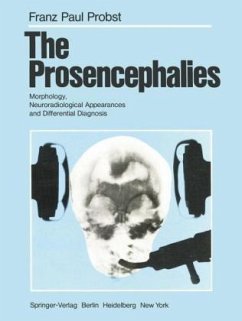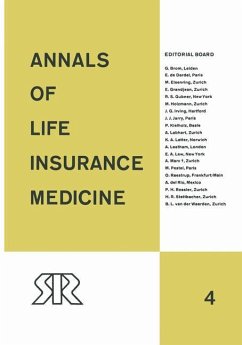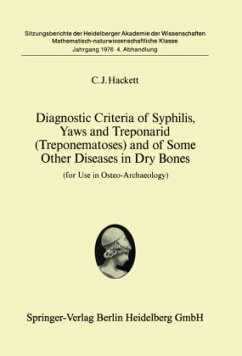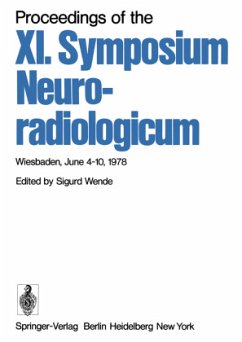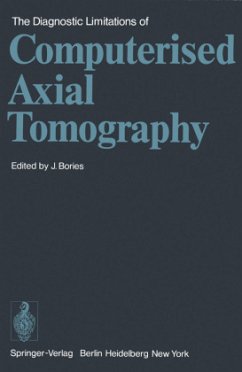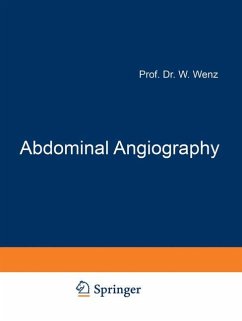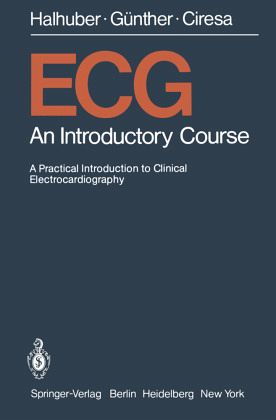
ECG
An Introductory Course A Practical Introduction to Clinical Electrocardiography
Mitarbeit: Schumacher, P.; Newesely, W.; Übersetzung: Hirsch, H. J.

PAYBACK Punkte
20 °P sammeln!
Since 1955, we have conducted an annual one-week ECG course at Innsbruck. This book represents a summary of our didactic experience. This English translation follows the enlarged sixth German edition. It contains many diagrams and new examples of tracings, such as the orthogonal leads system of Frank, explanation of extreme axis devia tion by the hemiblock concept, atrioventricular conduction disorders (His bundle electrogram), re-entry mechanisms, and the exercise ECG. The limits and dangers of ECG interpretations that, in our opinion, should be emphasized in an introductory presentation, are...
Since 1955, we have conducted an annual one-week ECG course at Innsbruck. This book represents a summary of our didactic experience. This English translation follows the enlarged sixth German edition. It contains many diagrams and new examples of tracings, such as the orthogonal leads system of Frank, explanation of extreme axis devia tion by the hemiblock concept, atrioventricular conduction disorders (His bundle electrogram), re-entry mechanisms, and the exercise ECG. The limits and dangers of ECG interpretations that, in our opinion, should be emphasized in an introductory presentation, are summarized in a final chapter. Our main aim was to make indigestible material palatable to the beginner; to provide him with a red thread through the labyrinth of ECG patterns by adopting a uniform approach, namely vectorial interpretation, in order to understand especially difficult areas (e. g. the differential diagnosis of infarction) by means of simplified diagrams; and to prepare him for the study of systematic textbooks. We believe that many such books should be read in order to comprehend a subject that is generally considered difficult by physicians and at the same time to promote critical understanding when called upon to evaluate an ECG in practice. The following publications to which we ourselves owe valuable suggestions, even if they are not explicitly mentioned in our text, are recommended: BELZ, G. G., STAUCH, M.: Notfall-EKG-Fibel, 2nd ed. Berlin, Heidel berg, New York: Springer 1977 BUCHNER, C. H., DRAGERT, W.: Schrittmachertherapie des Herzens.




